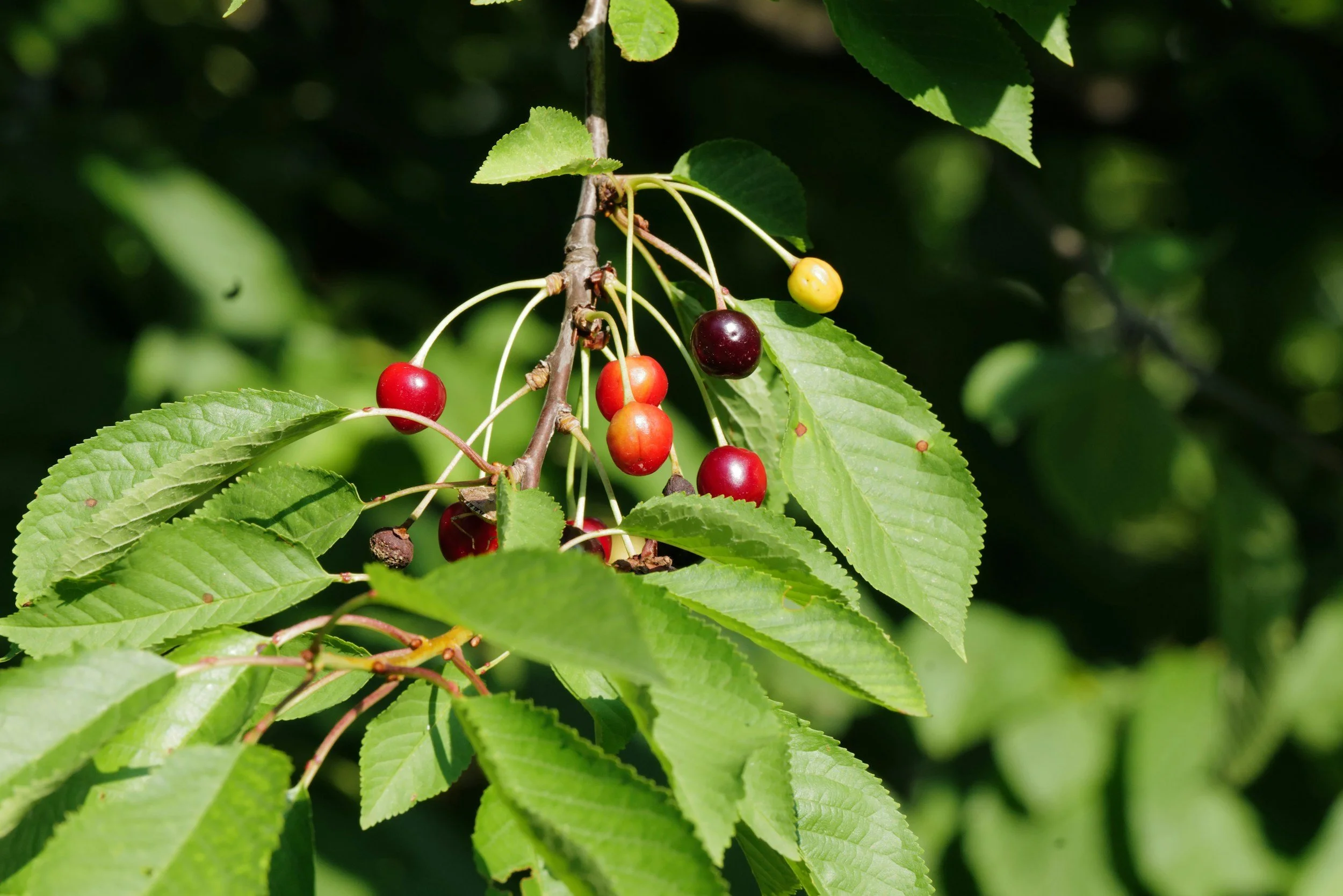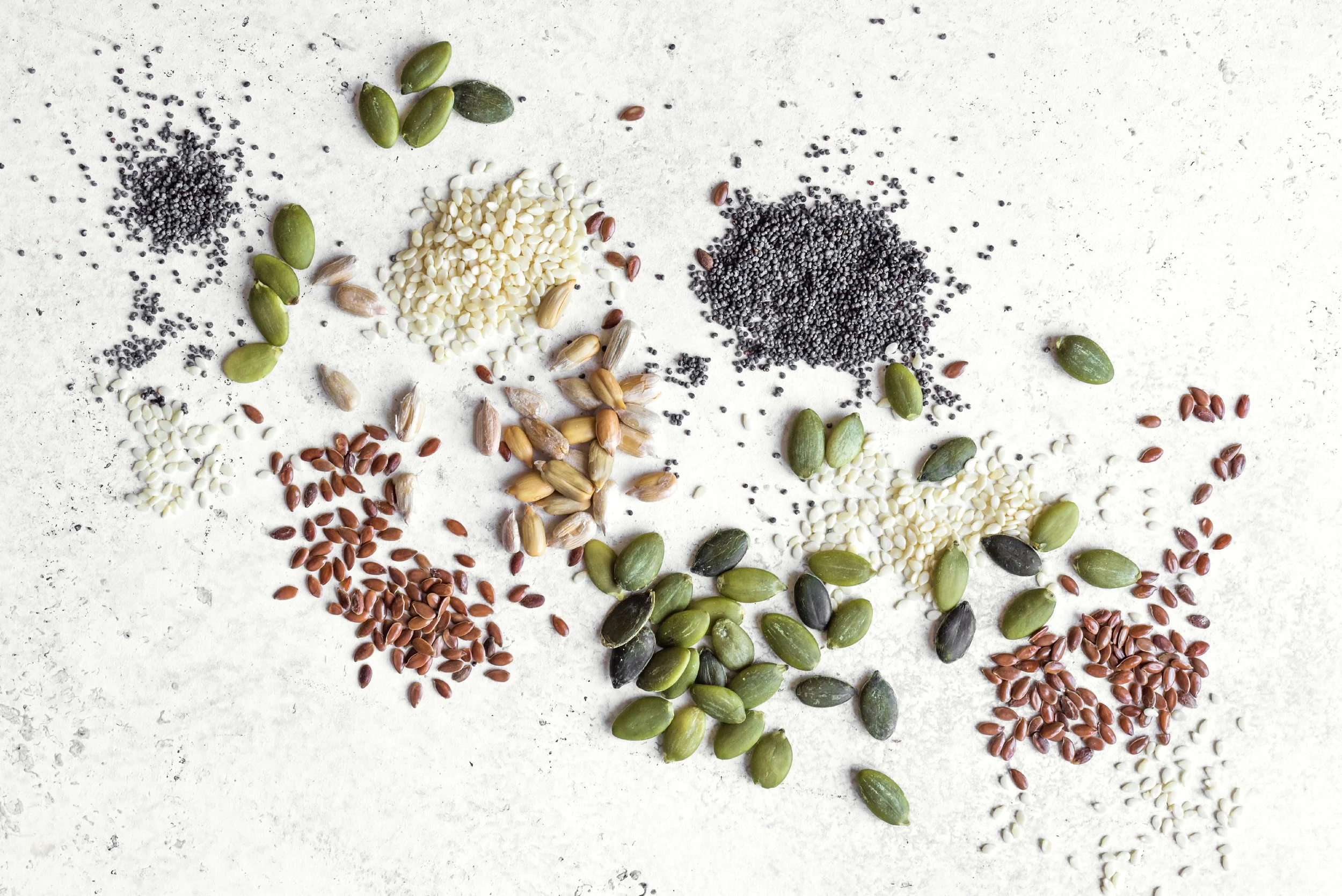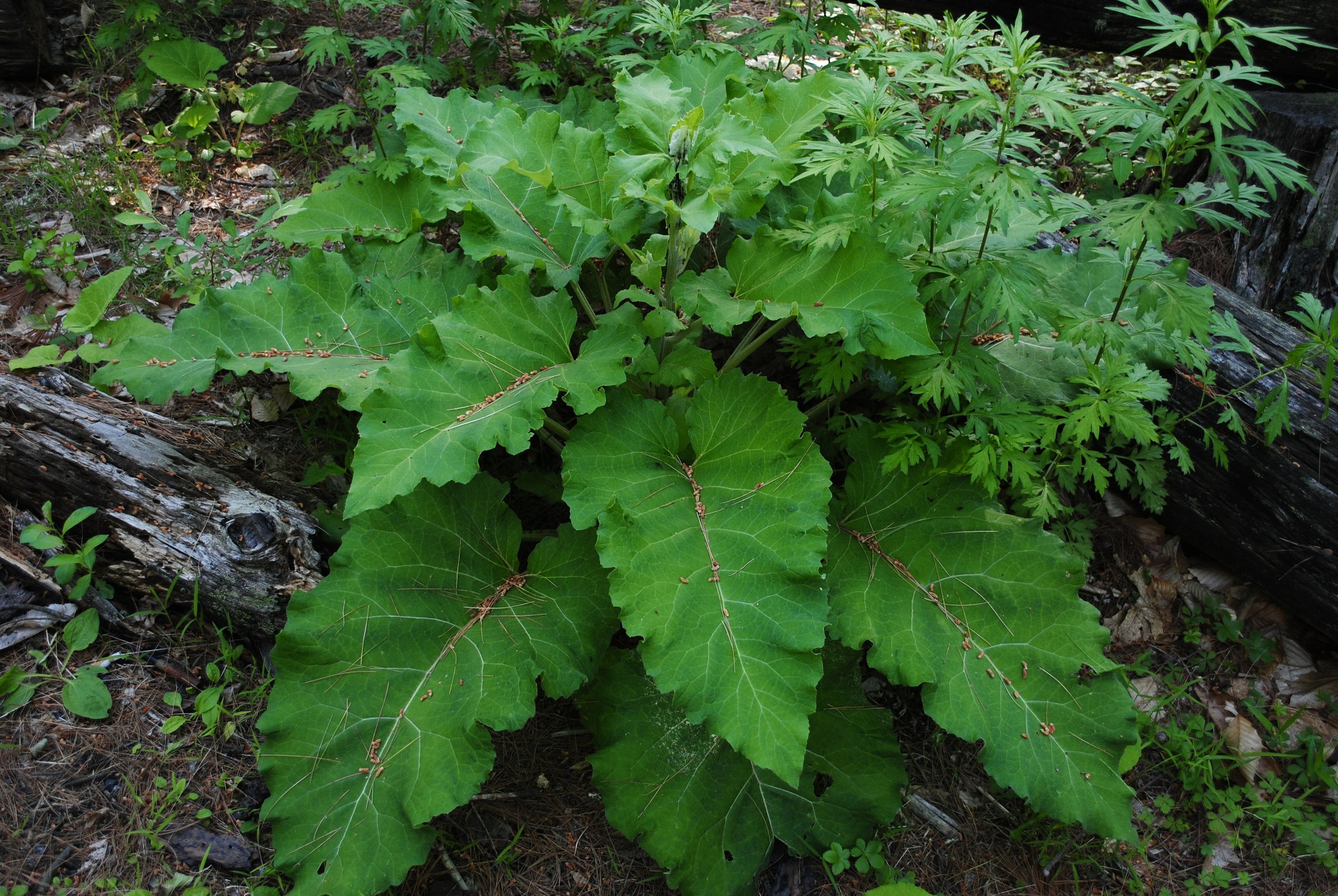Japanese Knotweed for Skin Repair and Oral Health: An Herbal Monograph
Japanese Knotweed (Reynoutria japonica or Polygonum cuspidatum) is a resilient, fast-growing perennial is often considered invasive, but it has long been cherished in its traditional homeland for its medicinal properties. Beneath its wild exterior lies a wealth of healing potential. Native to East Asia, this herb has played a vital role in traditional medicine systems, revered for its ability to reduce inflammation, promote cardiovascular wellness, and rejuvenate the skin. The root’s high concentration of resveratrol (a powerful, oil-soluble antioxidant) makes it especially valuable for topical applications, oral health, and cellular repair. As herbalists and conservationists reconsider overlooked botanicals, Japanese Knotweed is finding renewed purpose as a sustainable, wildcrafted ally for skin and systemic care.
Cultural & Historical Significance Folklore & Traditions
In Traditional Chinese Medicine, Japanese Knotweed—known as Hu Zhang—is said to "clear heat," invigorate stagnant blood, and drain dampness. It’s been traditionally used to treat febrile illnesses, detoxify the liver, and reduce swelling. The plant's heart-shaped leaves and expansive root system have also served as metaphors in Eastern folk medicine: symbols of tenacity, vitality, and hidden strength.
Historical Figures & Advocates
While lesser-known in the Western herbal canon, Japanese Knotweed has been included in numerous Eastern pharmacopeias for centuries. Its active compound, resveratrol, helped catalyze renewed interest in this plant during the 1990s, particularly among researchers studying its cardioprotective and anti-aging benefits. Today, modern herbalists are leading the movement to reclaim the plant’s benefits and reframe its invasive narrative.
Cultivation & Harvesting Growing Conditions
Climate: Prefers temperate regions and thrives in disturbed soils, riverbanks, and roadsides.
Soil: Moist, loamy, or rocky soils; tolerates nutrient-poor conditions.
Sun/Water: Full sun to partial shade; thrives with ample moisture but is drought-tolerant once established.
Varieties
Reynoutria japonica– Upright perennial, most commonly used species in Western herbalism
Reynoutria x bohemica– More vigorous hybrid, similar chemical profile
Reynoutria sachalinensis– Taller and broader-leafed; less studied for medicinal use
Harvesting Tips
Roots: Best collected in late fall to early winter, when active constituents—especially resveratrol—are most concentrated in the rhizome.
Shoots: In early spring, young red-speckled stalks resemble asparagus and have a tart, rhubarb-like flavor.
Flowers: Cream-colored panicles bloom in late summer and may be used decoratively or to infuse light floral notes in culinary preparations.
Post-Harvest Handling: Slice roots thinly, air-dry in a shaded, well-ventilated area, and store in airtight containers away from direct heat or light.
Health Benefits & Therapeutic Applications Traditional Uses
Root decoctions to reduce fevers and promote circulation.
Internal support for respiratory conditions like cough and bronchitis.
Applied topically to swollen joints and skin eruptions.
Modern Science
Extensive studies of resveratrol, the most prevalent medicinal compound in knotweed, highlight its potent antioxidant and anti-inflammatory actions. Topically, it has shown potential in reversing signs of UV damage, reducing oxidative stress, and improving skin barrier repair. Internally, knotweed tinctures are used to support immune resilience and oral tissue repair, including mild gum disease.
Key Benefits
Skin Repair & Photoprotection: Resveratrol enhances collagen production and reduces UV-induced inflammation, making it ideal for after-sun recovery and mature skin.
Oral Wellness: Shown to reduce gingival bleeding and inflammation when used in herbal rinses or tinctures.
Systemic Inflammation: May ease symptoms of chronic inflammation, particularly those linked to oxidative stress.
Case Studies & Anecdotes
Clinical feedback supports knotweed’s reparative role in holistic skincare. Practitioners have noted improved tone and resilience in sun-damaged skin with consistent use of resveratrol-infused oils. Others report success incorporating knotweed tincture into oral rinses for patients struggling with gum sensitivity and mild periodontal issues.
Phytochemistry
Key Active Compounds
These compounds contribute to the plant’s full-spectrum support—from UV defense to immune modulation—making it a diverse asset in both topical and internal preparations.
Resveratrol: Antioxidant, supports collagen synthesis, and offers anti-aging effects.
Emodin: Acts as a mild laxative and has antimicrobial properties.
Polydatin: Enhances resveratrol’s absorption and stability in formulations.
Extraction Methods
Alcohol Tincture: Best for preserving resveratrol. Use a 1:5 ratio with 95% alcohol; steep for 6–8 weeks in a dark space, shaking occasionally.
Oil Infusion: Layer dried root into a carrier oil and heat gently for 2 hours (or solar infuse for 2–3 weeks). Ideal for topical products focused on repair and inflammation.
Decoction: For immune or digestive support, simmer dried root at a 1:10 ratio for 30–45 minutes.
Culinary Use: Spring shoots sautéed with olive oil and lemon offer a tart, nourishing seasonal side.
Formulations & DIY Recipes
Resveratrol Skin Repair Oil
3/4 cup dried knotweed root
8-16 oz jojoba or sunflower oil
Gently heat for 2 hours in a double boiler, then strain
Apply to face or sun-exposed areas at night
Gingivitis Support Tincture
1 part dried knotweed root to 5 parts 95% alcohol
Steep for 6 weeks, shaking daily
Use as a rinse or take under the tongue (dose: 10–20 drops, 1–3x/day, with practitioner guidance)
Spring Shoot Stir-Fry
Harvest 6–8 inch young shoots
Sauté in olive oil with garlic and lemon
Pairs well with greens or grains
Cautions & Contraindications
Allergies: Rare, but always patch-test topically.
Drug Interactions: May affect blood thinners (e.g., warfarin) and hormone-sensitive conditions.
Pregnancy & Lactation: Consult a qualified provider before use, especially internally.
Invasiveness Note: Always harvest mindfully and avoid contributing to plant spread; do not compost rhizome remnants.
Conclusion
Despite its reputation as an invasive species, Japanese Knotweed offers us a profound lesson in resilience and regeneration. Rich in bioactive compounds and easy to wild-harvest or grow, it bridges traditional wisdom with modern research. Whether used to create a nourishing facial oil or a restorative tincture, this plant asks us to look again—to see medicine where we once saw only menace.
References
Cygan, Douglas. Preventing the Spread of Japanese Knotweed: Reynoutria japonica (AKA: Fallopia japonica, Polygonum cuspidatum): Best Management Practices. New Hampshire Department of Agriculture, Markets & Food, 2018, pp. 1–3.
Korać, R. R., and K. M. Khambholja. "Potential of Herbs in Skin Protection from Ultraviolet Radiation." Pharmacognosy Reviews, vol. 5, no. 10, 2011, pp. 164–173.
Gonzalez Begne, M., N. Yslas, E. Reyes, et al. "Clinical Effect of a Mexican Sanguinaria (Polygonum aviculare L.) on Gingivitis." Journal of Ethnopharmacology, vol. 74, 2001, pp. 45–51.
Martini, Paolo. "Japanese Knotweed Identification: A Complete Guide." Japanese Knotweed News, 2019. Revised 2022, www.knotweedhelp.com/japanese-knotweed-guide/how-to-identify-knotweed/

















Hello and welcome! I'm Eve, a Chemist turned Herbalist, sharing the wonders of plant medicine and botanical skincare. Join me on this journey to Learn, Create, and Align your Divine!